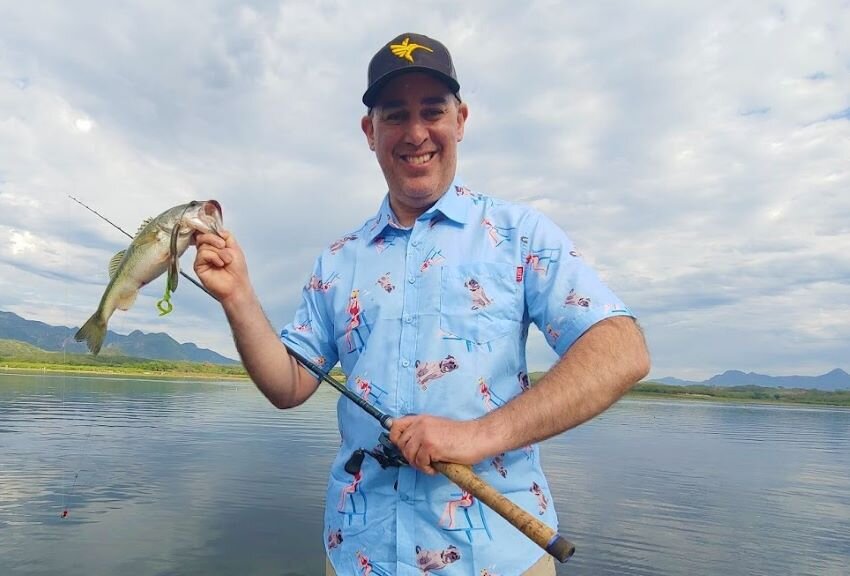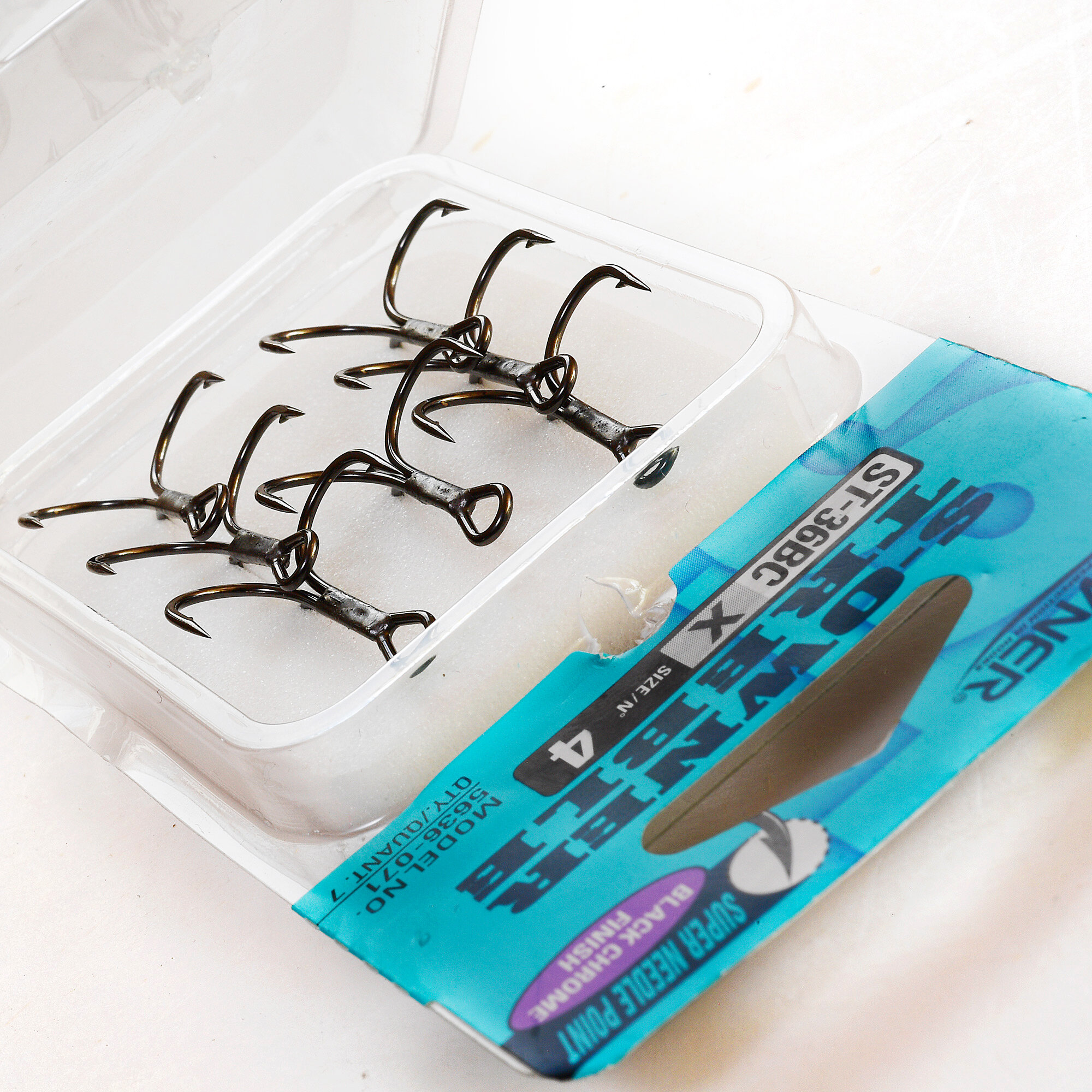More Colors for Big El Salto Bass
I’ve written extensively on basic lure selections for Mexican bass as well as critical colors, and if your luggage space is limited on your next fishing trip South of the Border I suggest that you adhere closely to my past recommendations. Nevertheless, I definitely do not believe that the “standards” are the only hues and patterns that will work. Indeed, keeping an open mind is critical because while the bass at El Salto and Picachos are typically not hyper-picky, there are times when specific options – even slight deviations – will increase your catch rate.
Our recently-completed two-week stay at El Salto proved that case. Certain colors that I had previously downplayed, or not mentioned at all, were clear winners on this trip, and our group’s crowdsourced catch info provides some food for thought.
For example, I’d previously written that my attempts to employ a black Whopper Plopper in Mexico had “failed miserably.” Accordingly, early in the trip I started off with white and bone models and caught fish up to 6 ½ pounds on them. To be honest, the topwater bite was inconsistent for the first week. Even when the fish were biting they were often missing the lure completely. One day my fishing partner had a bass jump over her Zara Spook three times on a single cast. As the surface bite improved during the second week of their stay, for some reason I decided to revisit my black (“Loon”) Plopper. Immediately the strikes became more violent and I enjoyed a much better hookup rate.
Could it have been that fishing was simply better? Possibly. But Hanna continued to throw the bone Plopper and my catch rate and average size was better. The black Plopper now gets a vote of confidence.
I’d also written that while a heavy dose of chartreuse is generally desirable in a deep-diving crankbait, on occasion a more subtle color like Strike King’s Green Gizzard Shad has been substantially better. On this trip my friend Aaron Rygas proved that theory correct – at least for a split second in time – as he landed our group’s big bass of the trip on a gizzard shad colored crank. The 9.79 scale-certified beast, his personal best (beating a PB he’d caught the day before) ate a 6th Sense Cloud 9 plug, something that I’ve never fished but that will be in my next tackle order. The specific lure has been retired to the Rygas family Christmas tree.
Typically we like translucent jerkbait colors like GP Pro Blue and Elegy Bone from Megabass, but for sheer numbers of fish on this trip Hanna enjoyed her best success with the reflective M Shad pattern.
With worms, lizards, Senkos and creature baits, I still believe that shades of green (e.g., watermelon and green pumpkin with various types of flake) and black/blue should be your go-to choices. Nevertheless, they’re not the ONLY shades that’ll work. My best afternoon of Carolina-rigging on this trip, both for size and numbers, came on a Junebug Skinny Dipper. The tail was dyed chartreuse at the insistence of my guide, a color combo I wouldn’t have chosen, but it seemed to help (or at least it didn’t hurt).
One afternoon I fished with Jennifer Combs, wife of three-time TTBC champ Keith Combs and a hammer in her own right. She kicked my butt with a Texas-Rigged Strike King Rage Cut R worm, another soft plastic I had not previously tried but will now be stocking up on. Her color of choice was plum.
I’m still not of the mind that color always – or even often – makes a difference down there. I remain convinced that in most circumstances you’re better off keeping a bait wet than cycling through different options. Nevertheless, for those of you with ample luggage space who want to take a belt-and-suspenders approach to your trip, this provides more food for thought and more packing options.
















